-
Welcome to Tacoma World!
You are currently viewing as a guest! To get full-access, you need to register for a FREE account.
As a registered member, you’ll be able to:- Participate in all Tacoma discussion topics
- Communicate privately with other Tacoma owners from around the world
- Post your own photos in our Members Gallery
- Access all special features of the site
Regenerative Shock Absorber
Discussion in 'General Automotive' started by 08pretaco, Aug 25, 2010.


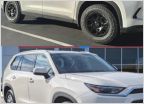 Grand Highlander
Grand Highlander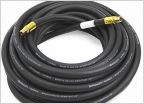 Sizing of air lines
Sizing of air lines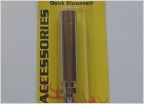 CB Antenna?
CB Antenna?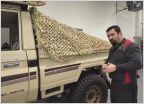 What’s this called?
What’s this called? Easiest way to attach a sticker (non permanent)
Easiest way to attach a sticker (non permanent)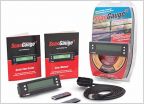 Where to get a scanguage
Where to get a scanguage










































































